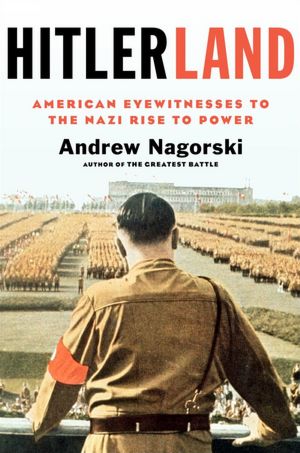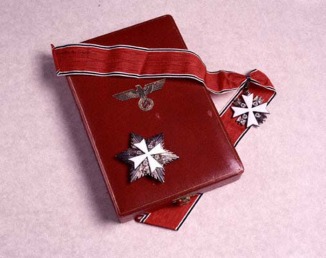The Spirit of St. Louis–the movie, not the book or the airplane–was in the obituary news last week.
John Kerr, a movie-star heart-throb in the 1950s, died at the age of 81. In 1955, Kerr was reportedly offered the part of Charles Lindbergh in the planned big-budget version of Lindbergh’s 1953 Pulitzer-winning autobiography, The Spirit of St. Louis. Kerr’s boyish good looks and age–he would have been 25 during the making of the movie, the same age Lindbergh had been in 1927–would seem to have been a perfect match with America’s “favorite boy.”
But Kerr turned down the role, telling the New York Post: “I don’t admire the ideals of the hero,” referring to Lindbergh’s pre-war admiration for the Third Reich. (Kerr did go on to co-star in the wildly successful 1957 movie musical South Pacific, playing doomed young aviator Lt. Cable. After that, however, Kerr’s movie career went into a fairly permanent stall.)
 Meanwhile, Jimmy Stewart had been lobbying vigorously for the role; Lindbergh had been his boyhood hero, and had inspired the star to join the Air Force. But in 1957, the year the picture was released, Stewart turned 50 years old–exactly twice Lindbergh’s “New York-to-Paris” age. The age discrepancy, as well as the actor’s by-then totally familiar, totally “Jimmy Stewart” mannerisms, makes the movie–directed by none other than Billy Wilder, and produced by Leland Hayward–actually kind of embarrassing to watch. You can watch the trailer below.
Meanwhile, Jimmy Stewart had been lobbying vigorously for the role; Lindbergh had been his boyhood hero, and had inspired the star to join the Air Force. But in 1957, the year the picture was released, Stewart turned 50 years old–exactly twice Lindbergh’s “New York-to-Paris” age. The age discrepancy, as well as the actor’s by-then totally familiar, totally “Jimmy Stewart” mannerisms, makes the movie–directed by none other than Billy Wilder, and produced by Leland Hayward–actually kind of embarrassing to watch. You can watch the trailer below.




